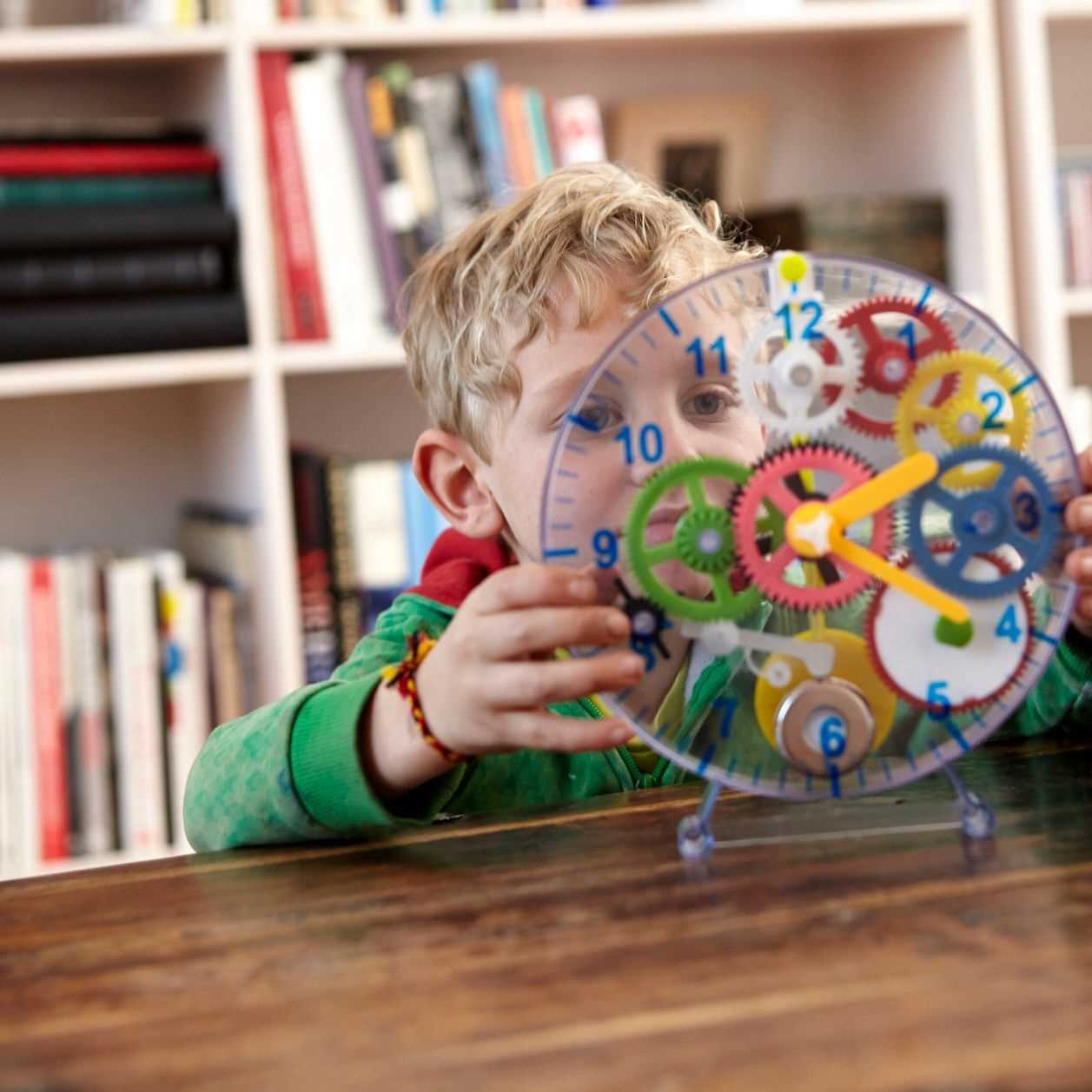Confinement requires, daily habits must be changed for an indefinite period. A disruption of the rhythm that directly affects children with autism who fight daily for normalcy.
Autism affects approximately 1 in 100 births, a neurobiological handicap that manifests itself in communication and social interaction disorders, with restricted and repetitive behaviors. So, while parents are advised to vary the activities so as not to fall into the routine, for autistic children, it will be a question of maintaining habits as much as possible. Indeed, they are particularly attached to their little rituals, whether it is the time when they wake up or the brand of their hot chocolate at breakfast. These details that seem trivial to you are very important to them.
The first thing to do is to create a schedule with your child. Do not hesitate to vary the colors, the writings and the shapes, to clearly differentiate each step. Thus, underline the hour of the alarm clock in blue, write the time of breakfast in italics and for the courses, put stickers.
Distinguish between the different spaces
At best, try to structure the space available in the house or apartment. Share your home with a creative corner, a reading corner, a reflection corner, a play space corner and a nap corner. " Each space is intended for specific activities, it will be easier for my child to identify the activities that will take place in each location. ", says the government website. You can also put tape to delimit each area.
Get in condition
For physical and creative activities, do not hesitate to dress your child accordingly. So, if you are doing a dance workshop, put your child in jogging. If you are doing a paint shop, prefer an apron instead.
Here is a list of activities:
- Transfers: tray with lentils, rice, flour or pasta
- Put small objects in a bottle: rice grains, coins or toothpicks
- Move small items from one box to another with clothespins or tweezers
- Thread small rubber bands around a bottle, a rolling pin
- Put small items in egg boxes or ice cube trays
- Hang clothespins respecting a color code on a strip of cardboard
- Make pearl or pasta necklaces
- Draw or color: simple, complex, coded coloring pages, https: // www. hugolescargot.com/coloriages/magique/ coloring pages
- Sticking stickers following a model or simply on a white sheet
- Make cutting sheets
- Make graphics cards
- Make plasticine, salt dough, magic sand, slime
- Make sorting games
- Make construction toys
Also, if you can, consider changing the caregivers regularly on the one hand so that your child gets into habits, on the other hand, to rest.
Make him an actor in his daily life
Regarding screen time, there is also a time slot to be respected, in order to limit conflicts. Do not hesitate to warn your child when the playing time begins to come to an end. If the detachment on the screen had to go wrong doing this, do not hesitate to offer him an alternative activity like board games, baking a cake, showering, or setting the table. Indeed, it is important to involve your child in daily life by making him do small tasks like folding the laundry or tidying up his room. These activities will help develop your child's independence.
However, these multiple changes can generate behavioral disorders in children, do not hesitate to speak to them calmly by explaining to them what is going on around them in simple words. Also, do not hesitate to allow yourself moments of relaxation during the nap or during activities, to recharge your batteries as much as possible.
For more info, go here.
